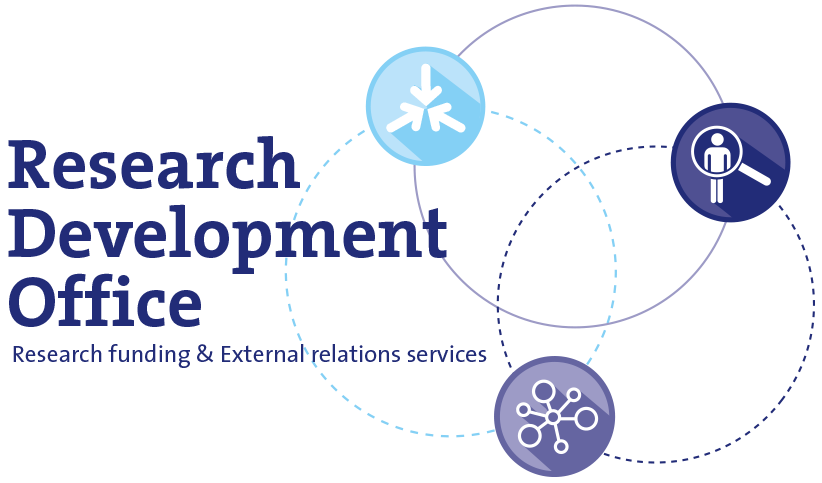Supplemental oxygen strategies in children with Bronchopulmonary dysplasia (BPD) after the neonatal intensive care unit: the SOS BPD study
Project summary
Every year in the Netherlands, 500 children develop bronchopulmonary dysplasia (BPD), a chronic lung disease with life-long problems. The main treatment of BPD is supplemental oxygen. However, no study has ever examined the optimal oxygen saturation (SpO2) target in children with established BPD, while both too little and too much oxygen may lead to serious adverse events. International guidelines, based on expert opinion only, recommend a lower limit ranging between 93 and 95%, while limits of 88% to 90% are considered usual care in most Dutch neonatal units.
The aim of this study is to examine the optimal lower SpO2 for oxygen therapy in children with moderate-severe BPD after 36 weeks postmenstrual age.
Impact
BPD is a lifelong illness: it is therefore extremely important to find out what the best lower limit of saturation is. The hypothesis of this research is that higher saturation leads to better weight growth and therefore better lung growth. This gives children with BPD the best chances for a possible healthy life with healthy lungs.
More detailed information
Principal Investigator:
Role Erasmus MC:
Partner
Department:
Project website:
Funding Agency:
Longfonds



